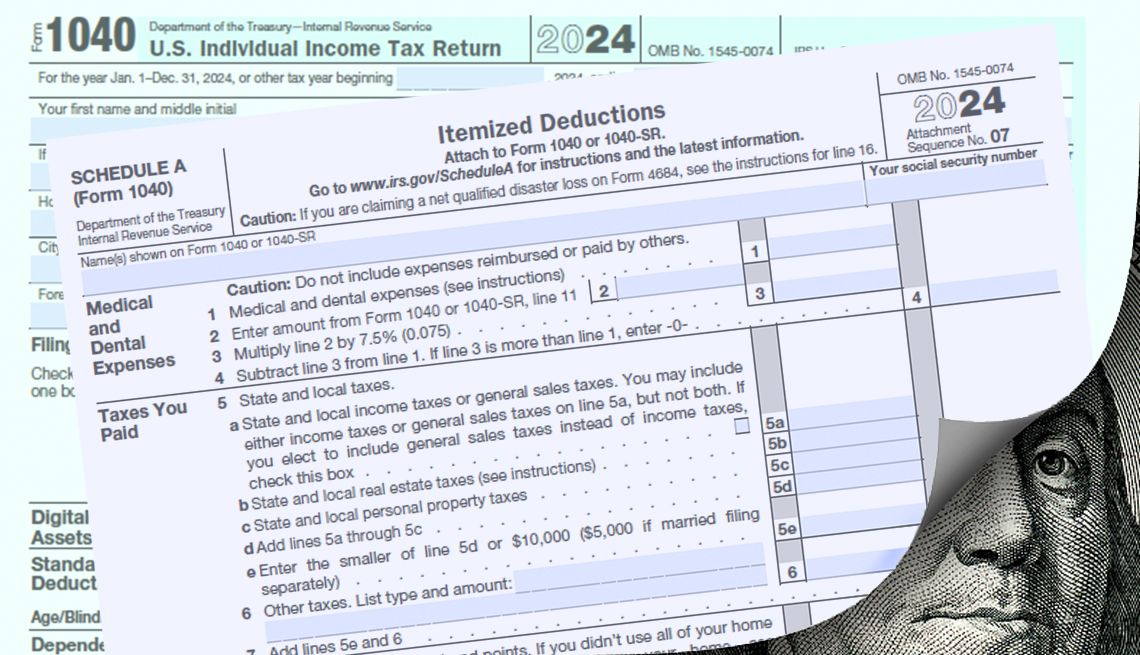AARP Hearing Center


As Americans age, they often find themselves living on fixed incomes while facing rising costs for housing, health care, food and prescription drugs. For many, it’s a struggle to make ends meet.
That’s why AARP is supporting certain tax provisions within President Trump’s sweeping domestic policy bill, the One Big Beautiful Bill Act, which was passed by Republicans on a party line vote in the House on Thursday.
AARP opposes other proposals in the bill, including cuts to Medicaid, Affordable Care Act marketplace health coverage and the Supplemental Nutrition Assistance Program (SNAP), as well as the policy to keep prices high for certain types of prescription drugs.
The tax proposals backed by AARP would boost the bonus standard deduction for older Americans, improve tax credits for employers offering paid family and medical leave to workers, and improve tax credits for those developing affordable rental housing.
These tax changes would help bring financial relief to many older Americans, wrote AARP’s Nancy LeaMond, chief advocacy and engagement officer, in a letter to House leadership on Wednesday expressing AARP’s views on several key provisions in the bill.
“Millions of older Americans have worked hard, played by the rules, and now find themselves barely getting by,” LeaMond wrote. “What they need are common-sense policies that lower costs, make health care more affordable, and reflect the contributions they’ve made to this country.”
Bigger bonus deductions for those 65 and older
AARP is supporting a provision that would increase the additional standard deduction for taxpayers ages 65 and older. The increases would offset some — or even all — of the federal income tax charged on Social Security benefits.
“This is an important step that will provide meaningful tax relief at a time when many seniors are feeling financial strain,” LeaMond wrote in her May 21 letter. “For millions of older taxpayers, this change will help keep more of their Social Security benefits in their pockets.”
The tax code amendment would increase the additional bonus deduction for people ages 65 and over by $4,000. As with the standard deduction, the amount of the bonus deduction would be adjusted annually for inflation. The provision is largely based on the Bonus Tax Relief for America’s Seniors Act, which AARP endorsed on May 5.


































































More From AARP
Retirement Mistake: Delaying Move to Retirement
After an interstate move, this couple struggled to find a community to call home
5 Ways AARP Is Fighting for Social Security
AARP is pushing for improved customer service
Medicare Users to Benefit From AARP-Backed Prescription Drug Cap in 2025
AARP Chief Advocacy and Engagement Officer Nancy LeaMond outlines the impact for older adults